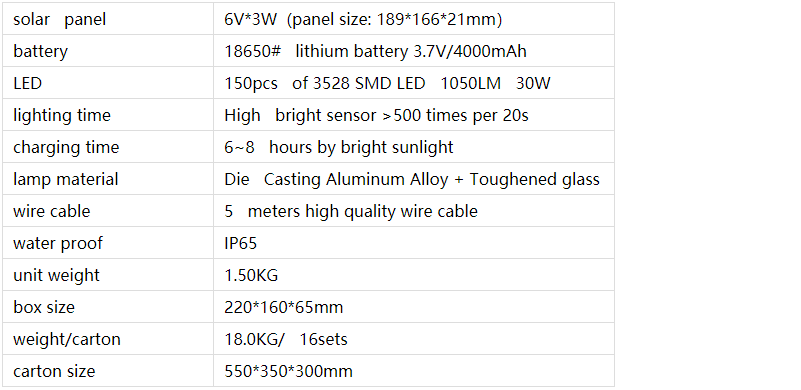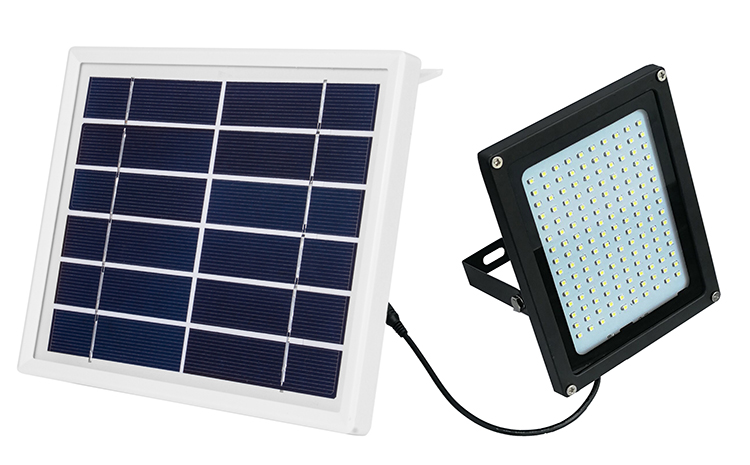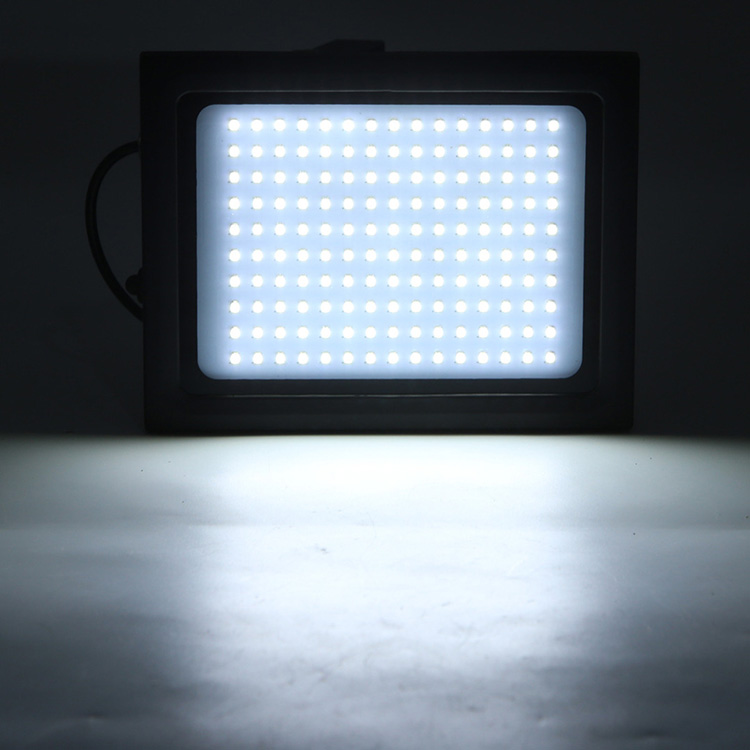Motion Sensor: Sense that someone is passing by, automatically highlight, convenient for pedestrians to see the road conditionZero wiring for solar energy saving and power saving.



LED motion sensor street light knowledge: the combination of microcrystalline silicon and amorphous silicon
The light incident side (window layer) p layer uses hydrogenated amorphous silicon carbide (a-SiC:H) with a large original, the hydrogenated amorphous silicon (a-Si:H) is used for the i layer, and the high conductivity is used for the n layer. Crystalline silicon (uc-Si) forms a heterostructure (heterostructure). The manufacture of microcrystalline silicon is the same as the production of non-silicon, which uses SiH, which can increase the supply of hydrogen while using a plasma CVD apparatus. It is the same as the film-forming method for making non-silicon. One of the advantages.
Several nano-scale micro-product silicon seems to be in the ocean of non-silicon. Because it is a kind of multi-product silicon, the gap is too small and the same as the body silicon, which is 1.13 eV, and the composition from the red light of the sunlight to the near-red light can be utilized. Attenuation by intense light is the weakness of amorphous silicon
The weakness of amorphous silicon solar cells is light attenuation. If it is used in a place similar to indoor light, there is no light attenuation. If used under strong light, the conversion efficiency will be reduced from the initial 10% to 7%8%. This light attenuation phenomenon is called the Staebler-wronskis effect named after the discoverer's name. Micro-silicon does not of course produce light attenuation.
Copyright © 2017 Nuusolar